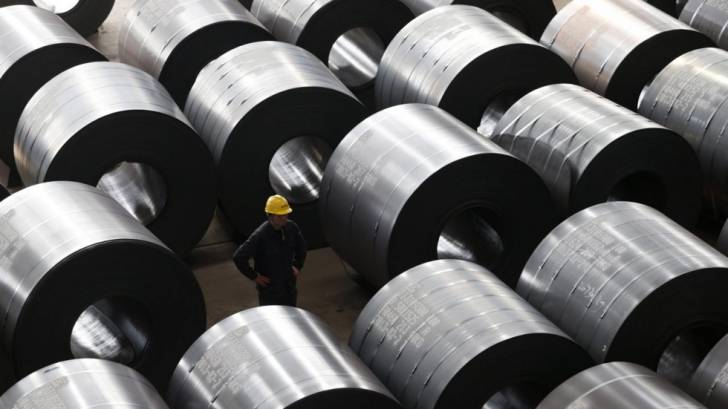by Jeff Hussey, Russell Investments
We’ve written a great deal about the low-return imperative in recent months, and plan to keep doing so. Why? Because we think it does a good job in defining what we believe is the single greatest challenge investors face today.
Here’s how we define the low-return imperative: When expected future market returns are likely to be lower than the required rate of return, we believe an investor cannot afford to ignore any investment strategy that may offer incremental return, take on risks they do not expect to get paid for or disregard implementation efficiency.
Are we in a low-return environment?
Along with most other forecasters1, our team at Russell Investments forecasts a low-return investing environment for the foreseeable future.2 Despite those projections, many investors still base their retirement savings plans on a return from their portfolios of around 7%.3 And it’s not just individuals. According to a Goldman Sachs survey published in October 2015, the 50 largest U.S. defined benefit plans have assumed an average expected return of 7%.
So how realistic is that 7% expectation? Our forecasting team projects that a 60/40 passive portfolio built from 60% MSCI World Index and 40% Bloomberg Barclays U.S. Aggregate Bond Index will likely yield only 4.8% annual return over the next ten years.
We’re not alone in this thinking. A survey of professional forecasters conducted by the Federal Reserve Bank of Philadelphia showed that the expected return for a typical 60/40 portfolio over the next ten years is 3.5 percentage points lower than it was in the early 1990s.4
What’s this have to do with active and passive?
All these numbers matter because so many investors are currently focusing on reducing fees as a way to potentially increase the actual performance received. But prioritizing fees can cause investors to rotate out of actively managed investments into passive ones – thereby decreasing the likelihood of achieving anything more than the index-based return.
Passive investing alone will never outperform the market. If the markets are performing very well, then passive may be the best way to go. But what happens when markets are in a low-return environment like they are today—when they may be delivering a rate of return below what investors need? A passive portfolio may make that 5% expected market return more certain than an active portfolio – but 5% is not 7%.
So then, if investors go passive to save on fees, but fail to reach their desired investment outcomes because of such a low return, who wins?
Can a multi-asset approach help?
How can investors get to that often-required seven percent return rate in such an environment? Not easily. Investors will need to work harder for outperformance. We believe their likelihood of success might increase through three key sources:
- Net-of-fee alpha from active management—Passive, by its nature, will underperform the market—because it tracks the market, but then includes fees. It cannot beat the market. And any exposure to the market includes exposure to risk. Active management, while it also inherently includes risk and fees, provides the potential for outperformance. Check our blog post, “Can Active Management win over the long term?” for more details around the myths in the active-versus-passive debate.
- Targeted exposures—Delivering on investor outcomes in a low-return environment requires access to more exposures, not less. But we believe gaining access to precise exposures at the right time requires skill. And we believe that these niche market segments—such as infrastructure, emerging markets, and commodities, among others—lend themselves to providing potential opportunity when gauged through the lens of highly specialized active managers.
- Dynamic asset allocation—Constantly managing exposures and allocations requires a deep understanding of global markets and cycles, but it also requires 24/7 focused commitment. Be sure that your investment solutions provider has the trading and implementation capabilities to potentially take advantage of tactical upside opportunities and minimize unrewarded risk.
Today’s low-return environment is real. The choices investors face are unavoidably hard. By taking a diversified and multi-asset approach, we believe investors will have the highest likelihood of achieving the outcomes they’re working so hard to reach.
1Source: Federal Reserve Bank of Philadelphia, Survey of Professional Forecasters and Russell Investments. Data as of January, 2017.
2Source: https://russellinvestments.com/-/media/files/us/insights/corporate/2017-gmo-annual-report.pdf
4Source: Federal Reserve Bank of Philadelphia, Survey of Professional Forecasters and Russell Investments. Data as of January, 2017.
Copyright © Russell Investments















